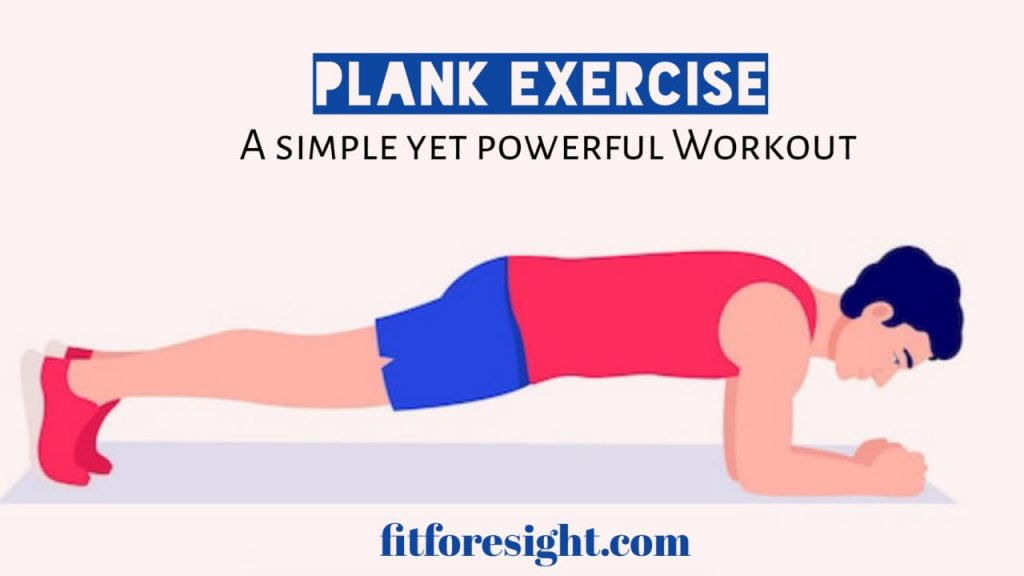A Simple Yet Powerful Core Workout
When it comes to building a strong core and improving overall stability, few exercises can compete with the humble yet incredibly effective plank. This bodyweight exercise has gained immense popularity for its simplicity, efficiency, and the remarkable benefits it offers. In this article, we will explore the plank exercise, how to perform it correctly, and various plank variations to keep your core workouts interesting.
What Is the Plank Exercise?
The plank is a static exercise that primarily targets the core muscles, including the rectus abdominis, transverse abdominis, and obliques. Unlike many other core exercises, the plank doesn’t involve any dynamic movement. Instead, it requires you to hold a specific position for an extended period, engaging and strengthening the core muscles.
How to Perform the Plank: Step by Step
- Start by getting into a push-up position with your forearms resting on the ground.
- Your elbows should be directly under your shoulders, creating a 90-degree angle.
- Keep your body in a straight line from head to heels, engaging your core.
- Maintain a neutral neck position by looking down at the floor.
- Hold this position for as long as you can, aiming for proper form and alignment.
Benefits of the Plank Exercise
- Core Strength: Planks engage all major core muscle groups, helping to build a strong and stable midsection.
- Stability: A strong core enhances overall stability, reducing the risk of injury during various activities.
- Endurance: The plank exercise improves muscular endurance, allowing you to maintain good posture for longer periods.
- Lower Back Health: Planks can help alleviate lower back pain by strengthening the muscles that support the spine.
Plank Variations to Spice Up Your Workout
To keep your core workout routine exciting and challenging, consider incorporating different plank variations. Here are a few you can try:
- Side Plank: Shift your weight onto one forearm and stack your feet on top of each other. This variation targets the oblique muscles.
- Forearm Plank with Leg Lift: While in the plank position, lift one leg a few inches off the ground and hold it. Switch to the other leg after a set time.
- Plank with Shoulder Taps: In the traditional plank position, tap one hand to the opposite shoulder and then switch sides. This variation adds an element of balance and stability.
- Plank Jacks: Start in the standard plank position and jump your legs out and in, similar to a jumping jack. This variation increases the intensity and cardiovascular benefits.
- Reverse Plank: Sit with your legs extended and your hands behind your hips. Lift your hips to create a reverse plank. This variation works your core from a different angle.
The plank exercise is a simple yet potent way to strengthen your core, improve stability, and enhance overall fitness. By incorporating various plank variations into your routine, you can keep your workouts fresh and continually challenge your core muscles. Whether you’re a fitness novice or a seasoned athlete, the plank is a versatile exercise that can benefit anyone, making it a valuable addition to your fitness regimen. So, start planking and watch your core strength soar!

